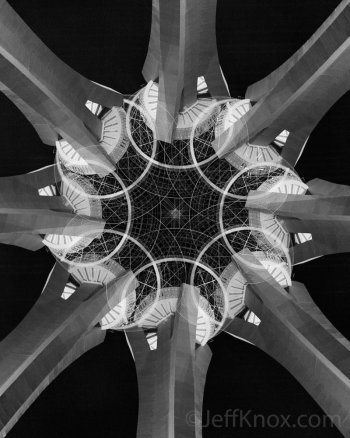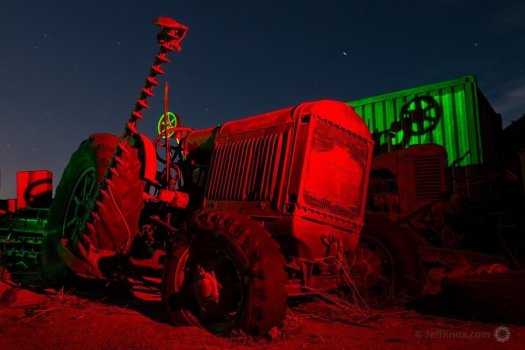On another forum a few weeks ago, I posted this comparison as a "why shoot RAW" response
That lead to someone disparaging editing saying I'd changed it from "obvious night time" to "twilight" by one particular person.
Fundamentally, though, our eyes are phenomenal instruments, but not necessarily "faithful". I should actually say that our imaging CPU(i.e. our brain) does a whole lot of processing itself. In some ways, what a camera captures is "honest" in that it shows true color casts, etc. At the end of the day, though, what our eyes see is what we think is correct.
At the same time, though, we have a lot of ways to alter what a camera captures before we even press the shutter button. We can use filters to cut reflections-something that our unaided eyes can't see. We can use fast shutter speeds to capture action our eyes can't discern, or alternatively use long ones to blur things we might see clearly. One of the big ones is a by-product of focal length selection. If we stand very close to a subject, we can use a wide-angle lens to see a wider field of view than our eyes can see at least with good definition, and give a very different perspective than we normally see. Conversely, we can stand far away, use a long lens to see with good definition and end up with a flatter perspective than is normal.
Even with film, we're not getting an "honest" look, and that's discounting darkroom manipulation. I don't know about you all, but I don't see in B&W. The spectral response of B&W film is all over the place, and some films(not modern B&Ws) cut off pretty much all of the red spectrum. Now, we buy pan film and then use filters to tailor its color response. I can use a red filter on Tri-X(or pick your other pan film) and end up with dark black skies with fluffy white clouds in them, while unfiltered the clouds aren't visible at all.
With color film, absent filtration to change it, the color balance is "baked in". If I use a daylight balanced film indoors, it will look very yellow or whatever other mix of lighting I have there. If I use a tungsten film(who remembers that?) outside, it's going to be really, really blue. I can pick film that's going to subdue colors, or I can pick a film that's going to accentuate certain colors or make them all super saturated.
Digital is no more or less honest than film, and to be honest no photography really is.




